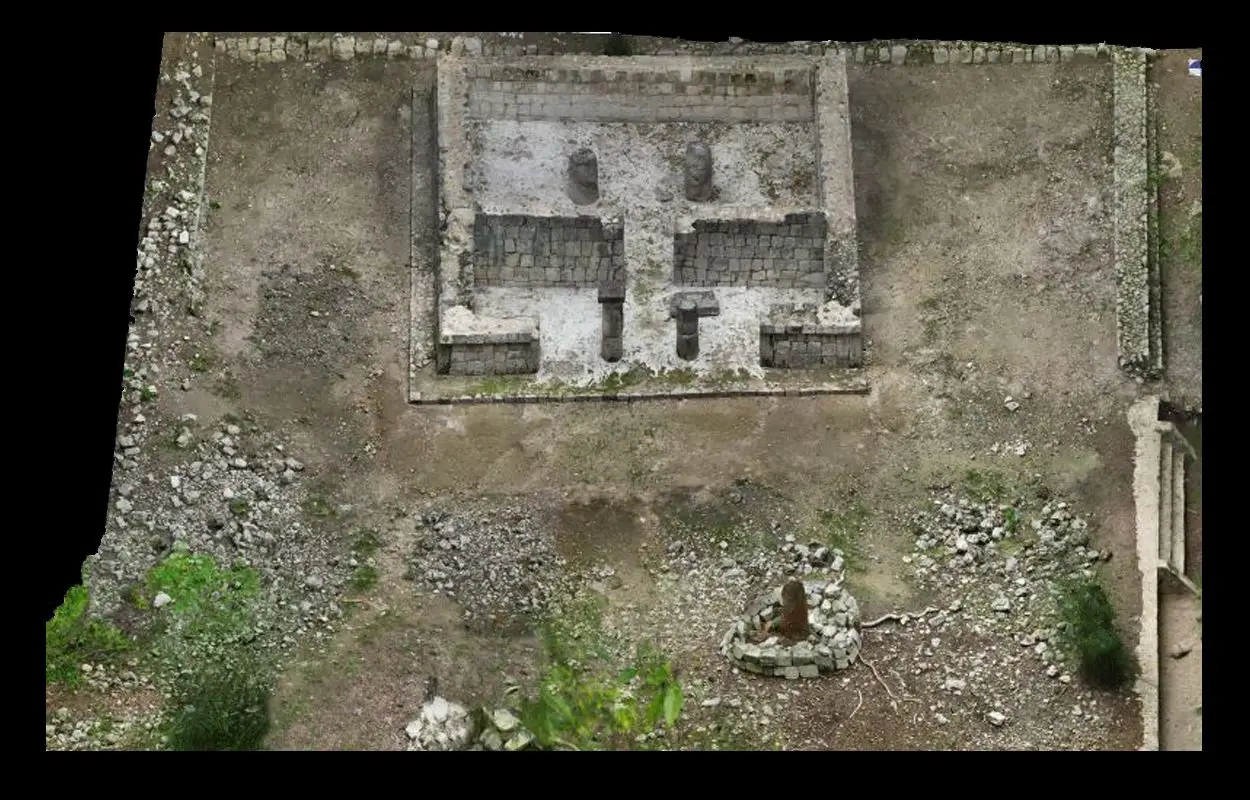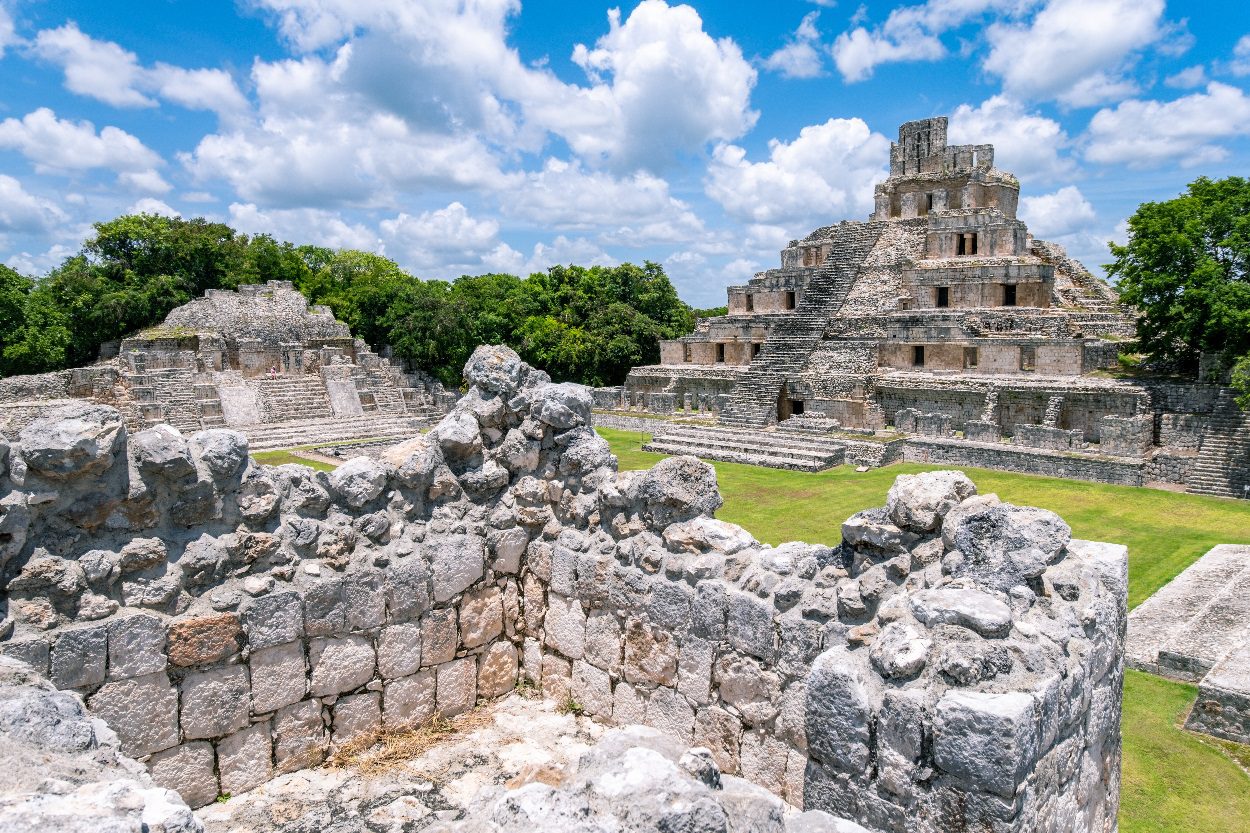Archaeological works of a structure at Edzná suggest that the city had cultural links spanning over 300 km’s with the Maya city of Chichén Itzá.
Edzná, Meaning “House of the Itzaes”, is a Maya city located in the Mexican state of Campeche. Archaeological evidence suggests that the region was already inhabited during the 5th century BC, emerging into a major population centre around AD 200.
The city was deserted around AD 1500, however, the reason for this decline and eventual abandonment remains a mystery.
Archaeological works conducted by specialists from the National Institute of Anthropology and History (INAH) of Structure 512 in the Edzná Archaeological Zone have revealed a building with a quadrangular plan. Structure 512 dates from the Early Postclassic period (AD 900 to 1200), however, it was constructed on an earlier building that dates from the Classic period (AD 200 to 600).

The works also identified a porticoed entrance with two bays, two columns that supported a roof, and a man-made cavity excavated in the bedrock which likely functioned as a burial tomb.
According to the researchers, Structure 512 has architectural similarities with the courtyard-gallery type buildings of Chichén Itzá, used for the performance of religious ceremonies and the deposit of offerings.
Chichén Itzá was one of the largest cities from the Maya world, is located in Mexico’s Yucatan State, approximately 307 kilometres from Edzná.
Dr Benavides from INAH, said: “In addition to the scope of the architectural styles of Chichén Itzá, its presence in Edzná indicates the links sustained by both cities in the Early Postclassic.”
Previous studies have identified that Edzná has architectural signs of the Puuc style, even though it is far from the Puuc Hills sites. This already suggested contact far to the west, however, the new revelation at Structure 512 now indicates that this level of contact stretched much further.
Header Image Credit : Shutterstock







